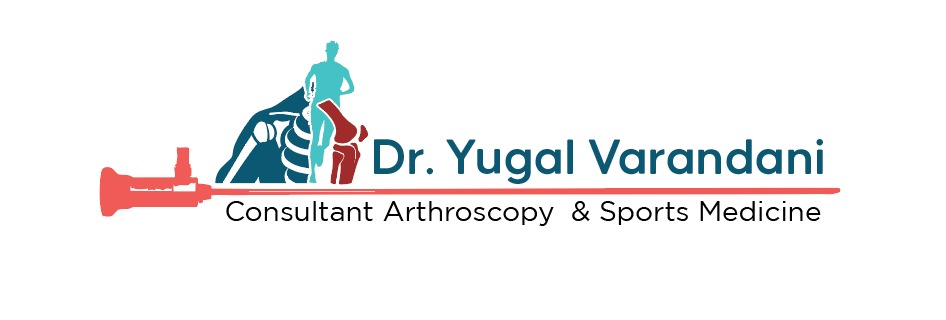Labrum Tear
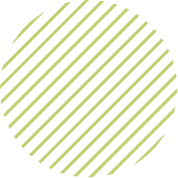

The Shoulder Joint
Shoulder is a “Ball & Socket Joint” with the maximum range in the body.
To achieve the maximum range, it has a small flat socket and a large ball,
which makes it easy to dislocate.
Dislocation
During a fall and injuries in overhead positions, the ball tears the labrum off the socket and dislocates. This labral detachment (tear) from the socket is called “BANKART lesion”. As the head dislocates, the sharp rim of the socket gets wedged in the back of the ball – creating a bone defect – “HILL SACHS lesion



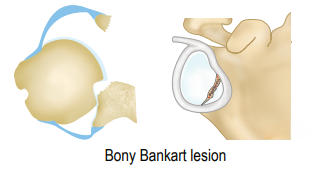
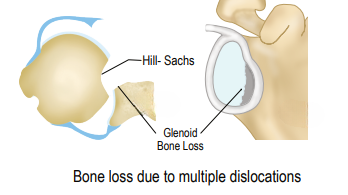
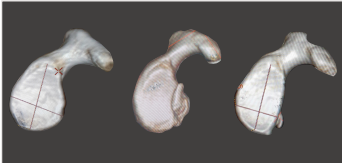
Bone Loss in Dislocations
Every time, the shoulder dislocates, the Hill Sachs lesion is produced in the back of the ball.
The socket – Glenoid also sustains bone loss due to an acute fracture ( bony Bankart lesion ) or the rim gets eroded (attritional bone loss) due to multiple dislocations. Significant bone loss leads to frequent and easy dislocations, even during sleep, as the support and resistance against dislocation offered by
the socket is lost . In the presence of severe
What happens during a Dislocation ?
Bankart lesion
Injuries like falls can dislocate the shoulder and the recurrent shoulder dislocation occurs in the throwing position. During the dislocation, the labrum along with capsule is torn off the socket. This tear is called “Bankart lesion”
Hill Sachs Lesion
During dislocation, the ball gets wedged against the edge of the socket resulting in the formation of a defect at the back of the ball. This bony defect is called Hill Sachs lesion. Bigger lesions result in recurrence and can affect

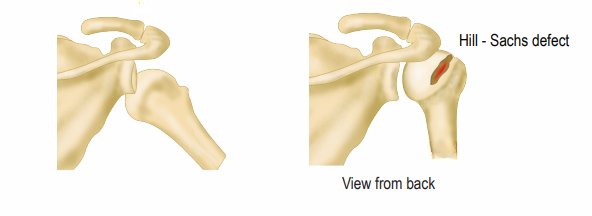



Why does the Shoulder dislocate easily
Shoulder has maximum range of movement so that we can reach all around us. To achieve
this, the shoulder has a small flat cup (GLENOID) and a large ball (head of HUMERUS),
which biomechanically allows the shoulder to have maximum reach.
But this arrangement is inherently unstable. Hence the shoulder is dependent on joint
capsule, ligaments and labrum (a thick rim of tissue that attaches to the glenoid socket).
When these structures are torn during injuries, the shoulder can dislocat
Treatment
Treatment depends on 1. Age 2. Recurrences 3. Bone defect 4. Soft tissue laxity and 5
Demands on the shoulder
Key-Hole Procedures
Arthroscopic Bankart repair : The torn labrum is repaired arthroscopically using suture anchors
Remplissage : In patients with marginal bone loss, the Hill Sachs defect is filled with posterior capsule and infraspinatus
Arthroscopic Bony Bankart repair
: Acute fractures of glenoid rim are also repaired arthroscopically using suture
Open Bony Procedure
Indicated in Glenoid bone loss > 20 % an in “off track” lesions
Latarjet Procedure : The glenoid defect is augmented by a bone block from coracoid. Stability is provided by bone block and sling effect of the attached tendons.
Iliac crest bone graft : from the pelvic bone can also be used to augment the glenoid defect.




Other Disorders
Posterior Dislocation
Very rare type, in which the shoulder dislocates to back. It can occur with seizure disorders, electric shocks and loose joint. Treatment involves arthroscopic repair.
Multi-directional instability
These patients have a very loose joint capsule allowing the shoulder to move out in many directions. They dislocate the shoulder with very minimal trauma. Voluntary dislocates are those who can dislocate the shoulder and often have issues like anxiety.
